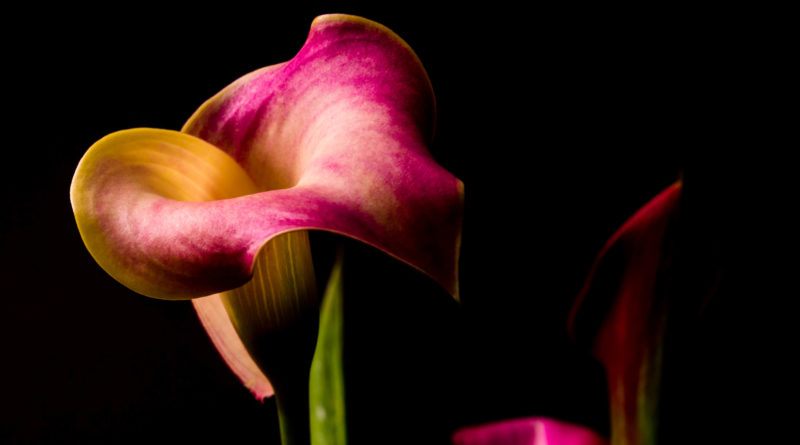Do April Showers Bring May Flowers? The History Behind This Common Phrase
4,119 total views, 1 views today
We’ve all heard the saying “April showers bring May flowers.” It turns out that there’s far more to the phrase than just a correlation between rain and plant life.
For starters, “April showers bring May flowers” is actually just one small part of a longer phrase. The full sentence actually reads, “March winds and April showers bring May flowers and June bugs.” However, even in its full form, the statement might not be entirely accurate.
March winds are certainly a force to be reckoned with, but they don’t directly correlate to the blooming of May flowers. March is indeed the windiest month of the year in many major American cities, but this extra wind is a byproduct of the month’s especially low atmospheric pressure, which incites wind and, far more importantly to blooms, rain.
Nevertheless, according to a video by the app Storm Shield, many parts of the United States don’t receive that much rain in April. Furthermore, in some of the country’s southernmost regions, the weather is regularly warm enough for flowers to bloom far sooner than May. Where the phrase “April showers bring May flowers” does apply quite well is in the United Kingdom, where spring tends to bring ample rain.
Even in areas where April showers are more common, rain might not have as strong an effect on flower blooms as lore suggests. That’s not to say that rain has no impact, though. According to David W. Inouye, an expert on bloom times who conducts research at the University of Maryland, College Park’s biology department, rainfall can cause some flowers to bloom more than once. After an initial spring bloom, if enough rain falls during the summer, then some flower species can experience a second bloom late in the season.
Despite the possibility of second blooms, rainfall’s effects on flower blooms are often dwarfed by how strongly temperature impacts bloom times. A 2013 paper in the journal PLOS ONE studied the ways in which increased springtime temperatures due to climate change have moved bloom times forward. The study’s authors could not determine whether the further temperature increases expected under climate change would further move forward bloom times, but they did come to another vital conclusion. Rain, they discovered, isn’t nearly as important to influencing bloom times as temperature is.
In fact, with rising temperatures year-round, the PLOS ONE study authors found that flowers in many parts of the country more readily bloom in April than in May. At the turn of the decade, some flower species that have historically bloomed in mid-May had already begun to flower as early as April 1st. However, Inouye, in response to the PLOS ONE study, noted that warm spells arriving earlier in spring don’t always result in temperatures permanently warm enough to sustain blooms. Thus, he contends, flowers that bloom early might die off when later spring temperatures return to levels more common for the season. In Pennsylvania, this phenomenon has resulted in substantial crop loss.
Where May flowers do bloom, June bugs follow. These beetles are named June bugs because they tend to emerge from their underground burrows when temperatures reach the highs they do in June. However, these insects only require consistent temperatures of 50 degrees Fahrenheit to emerge from the ground, so even the name “June bug” represents another inaccuracy.
Regardless of when June bugs appear, they are known to ravage gardens, wildlife, and even other insects. April showers might not always bring May flowers, but they do eventually bring something much worse: pests.

